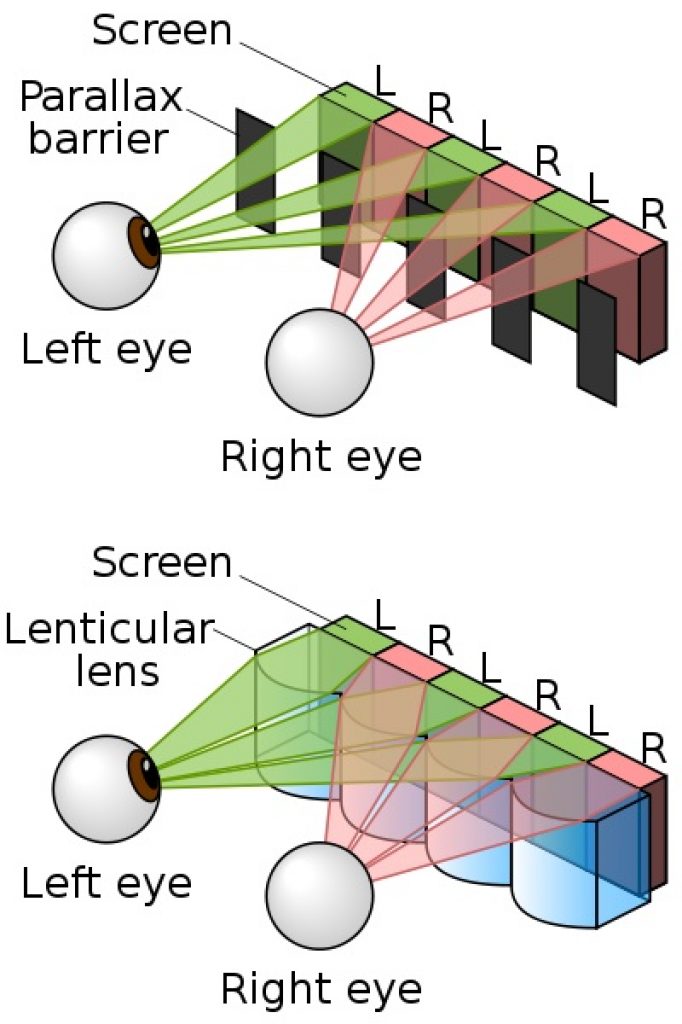A couple of weeks ago, a flurry of posts hit the blogosphere discussing Apple's reputed plans for a glasses-free autostereoscopic 3-D display. See, for example:
I didn't think much of it until my co-worker Jeremy pointed out to me that the associated job listing on Apple's site explicitly mentions Computer Vision expertise:
Apple is looking for a Computer Vision specialist to strengthen its multi-view stereo research group. As a member of this team you should have a genuine interest in technology and be a skilled developer with knowledge and experience in Computer Vision, Image Analysis and 3D geometry.
To qualify for this position you should have a Ph.D. degree in a Computer Vision related field such as Mathematics, Physics or Computer Science. You should be a confident and experienced C programmer. Most importantly, you should have experience within one or several of the following areas:
- Multi-view stereo and 3D reconstruction
- Inpainting of occluded geometry and texture data
- SLAM
- Mesh texturing techniques
- Large scale bundle adjustment
- Cameras and surfaces in a 3D environment
Why would Apple be looking for computer vision specialists regarding autostereoscopic displays? I was momentarily baffled…until I remembered a writeup I'd published just 1.5 months ago, which included the following statement:
Speaking of Apple, a recent patent application from the company showcases how the company envisions calibrating an autostereoscopic 3-D display's rendering based on discerning (via eye-tracking) where the viewer is positioned relative to the screen, along with measuring ambient lighting conditions at the time.
For those of you not familiar with how autostereoscopic displays work, they use physical structures such as parallax barriers or lenticular lens arrays to 'steer' distinct versions of each frame's image to a viewer's left and right eyes. Perhaps obviously, it's ideal to be able to 'tune' the physical structures' positions for optimum reproduction at a viewer's distance from and position relative to the display. And just as with Philips' computer monitors that I mentioned a couple of weeks ago, I suspect that Apple's planning on using an integrated webcam to accomplish the 'tuning' objective.


